Leakage in valve systems is a common challenge faced in many industrial and residential applications. Whether dealing with water supply lines, heating systems, or manufacturing processes, leakage can advance to inefficiency, increased maintenance costs, and potential damage to equipment. Understanding the causes of leakage and how to address them effectively is essential for maintaining reliable valve systems. In this article, we will explore leakage issues and focus on three important components frequently used in valve systems: the inline pressure reducing valve, the right angle check valve, and the thermostatic flow control valve.
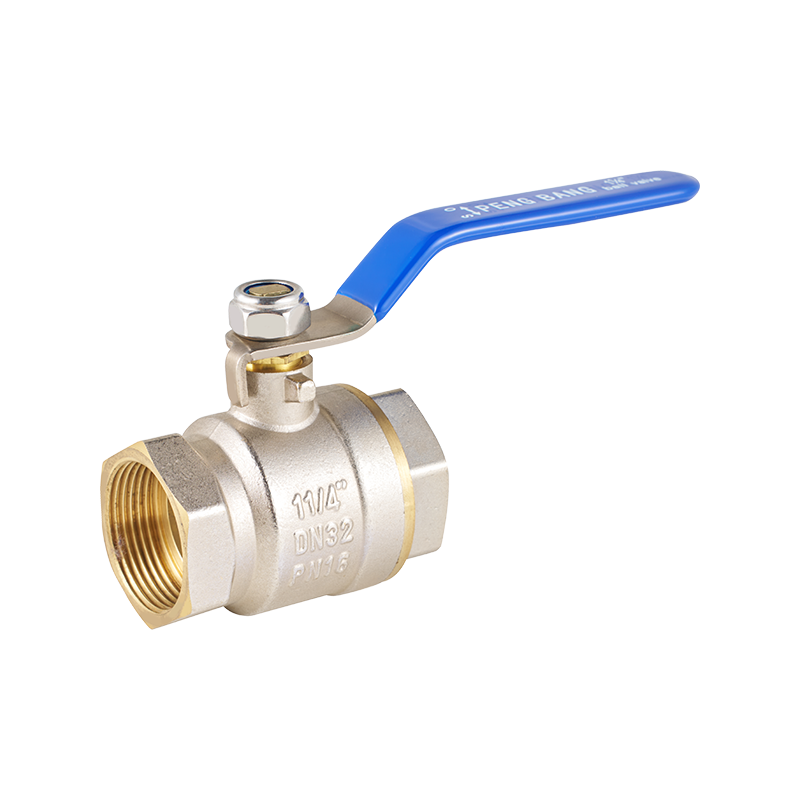
One of the lots of common reasons for leakage in valve systems is improper installation or wear and tear of the components. The inline pressure reducing valve plays a critical role in regulating downstream pressure to safe and consistent levels, protecting the entire system from pressure fluctuations. However, if this valve is not installed correctly or if its seals degrade over time, leakage can occur around the valve body or at connection points. Regular inspection and proper sealing techniques can help reduce leakage risks associated with the inline pressure reducing valve.
The right angle check valve is another component that can be a source of leakage if not maintained properly. This valve allows fluid to flow in one direction while preventing backflow, typically used in piping systems where space constraints require the flow to change direction by 90 degrees. Leakage may occur due to damaged valve seats, debris accumulation, or improper fitting, resulting in fluid escaping or flowing backward. To prevent leakage, it's important to periodically clean the right angle check valve and verify that the valve seats are intact and properly aligned.
Therlots ofatic flow control valves are increasingly used in systems that require temperature-based regulation of fluid flow, such as heating and cooling systems. These valves adjust flow automatically based on temperature changes to maintain stable conditions. Leakage in a therlots ofatic flow control valve can cause inconsistent temperature control, reduced system efficiency, and potential damage. Causes of leakage here often include worn seals or corrosion within the valve body. Using corrosion-resistant materials and regular maintenance can less these issues, ensuring the therlots ofatic flow control valve operates as intended.
When addressing leakage, the first step is to identify the exact source. Leakage around an inline pressure reducing valve may present as drips near the valve connections or a steady flow escaping from the valve body. Checking the integrity of seals, tightening fittings without overdoing it, and replacing worn gaskets can mitigate these problems. Similarly, for the right angle check valve, watching for any signs of backflow or leakage will indicate the need for cleaning or seat replacement. For therlots ofatic flow control valves, fluctuations in temperature or irregular flow may be signs of internal leakage that require attention.
In many cases, the environment in which the valve system operates contributes to leakage risks. High temperatures, chemical exposure, and mechanical vibration can accelerate wear on the inline pressure reducing valve, right angle check valve, and therlots ofatic flow control valve. Selecting materials that match the operational environment and following manufacturer-recommended maintenance schedules are practical ways to extend valve life and reduce leakage incidents.
Proper installation techniques are also vital. For example, when installing an inline pressure reducing valve, following guidelines for orientation, pipe alignment, and support can prevent undue stress on connections that might otherwise advance to leaks. The right angle check valve requires careful alignment to ensure the 90-degree change in flow direction does not create excessive turbulence or strain. Similarly, therlots ofatic flow control valves should be installed where temperature variations can be accurately detected and regulated.
Leakage not only causes water or fluid loss but can also advance to safety hazards and inefficiencies in systems. Regular inspections should include visual checks around the inline pressure reducing valve, right angle check valve, and therlots ofatic flow control valve. Using leak detection tools can also help identify hidden leaks before they become more severe. Addressing minor leaks promptly can avoid costly repairs and system downtime.
In summary, leakage in valve systems is a challenge that requires attention to installation, maintenance, and the specific functions of each valve component. The inline pressure reducing valve needs to maintain consistent pressure without allowing leaks at connection points. The right angle check valve must effectively prevent backflow without leakage caused by seat damage or debris. The therlots ofatic flow control valve should regulate temperature-based flow changes reliably, with a small risk of leakage. By focusing on these components and adopting preventive measures, valve systems can maintain performance and reduce leakage-related issues over time.


 English
English русский
русский Español
Español عربى
عربى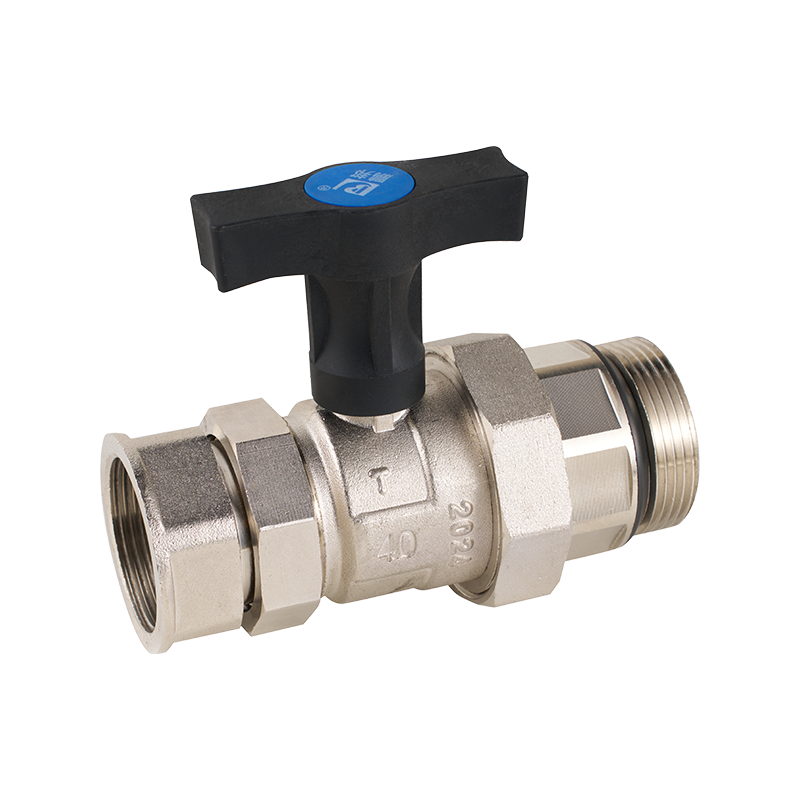
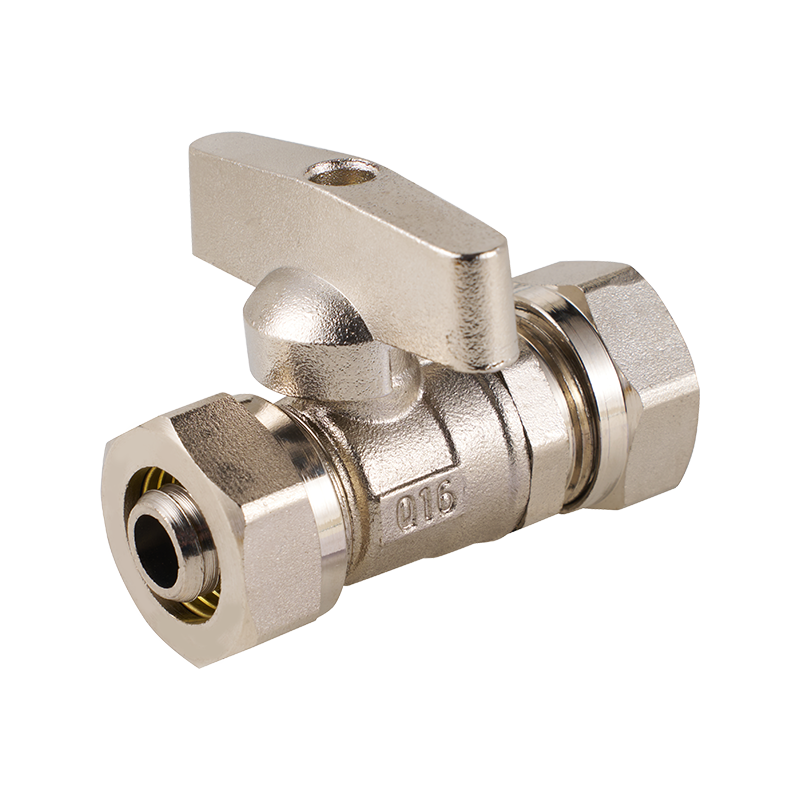
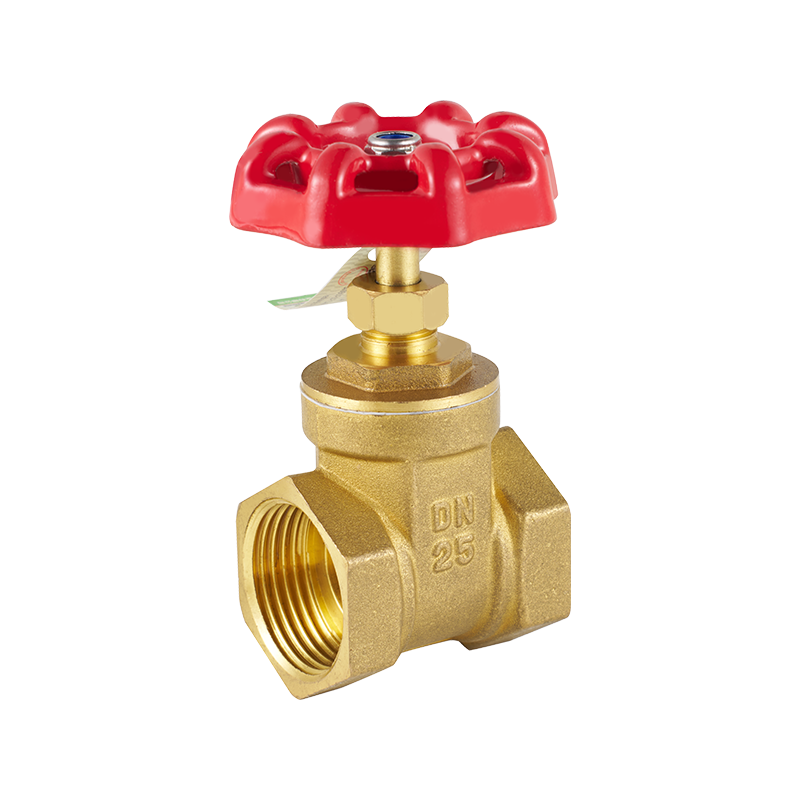

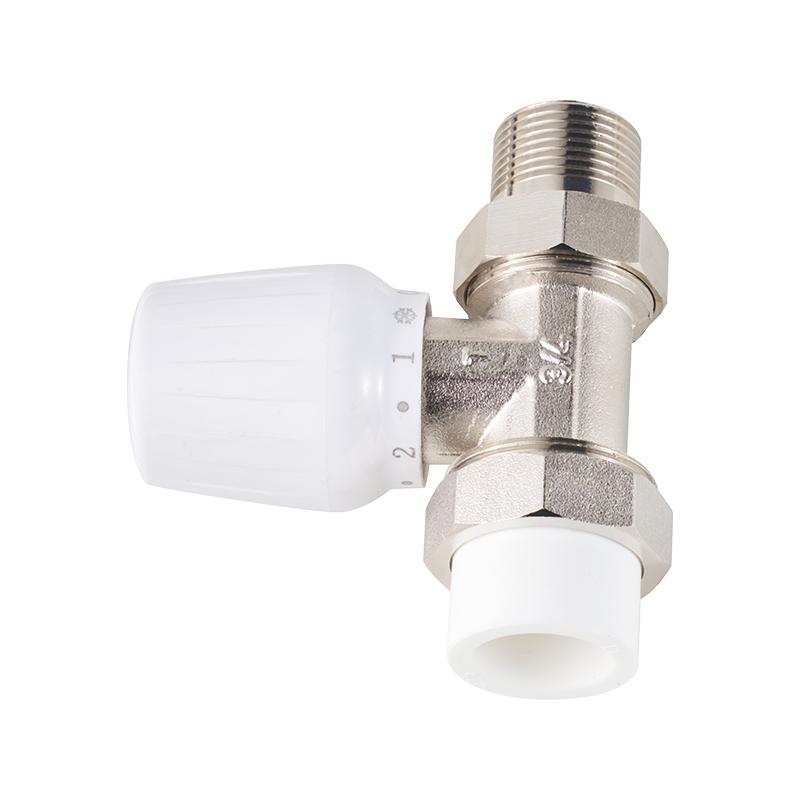
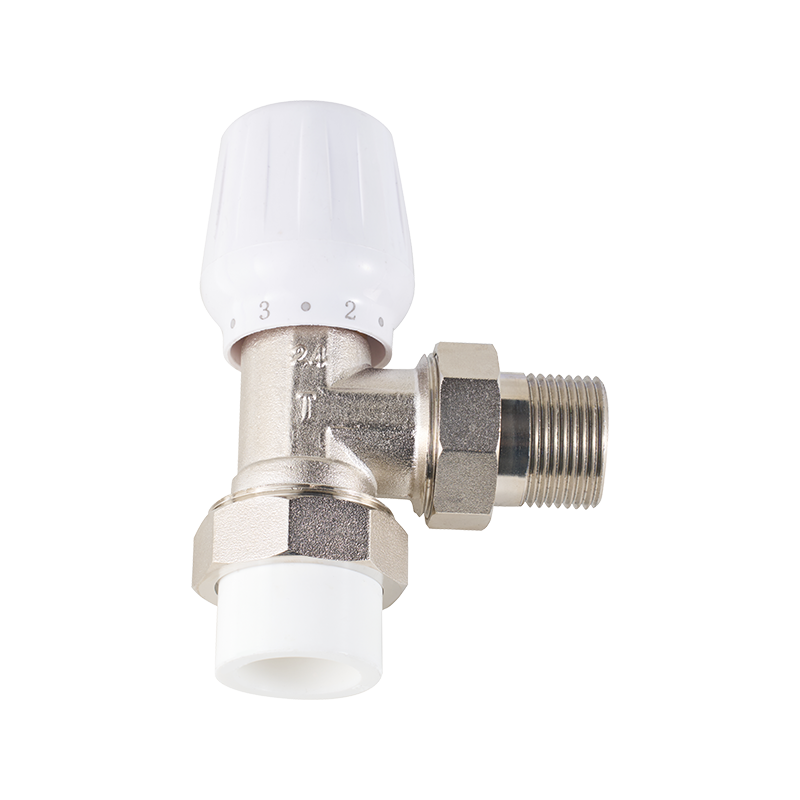

 CONTACT US
CONTACT US